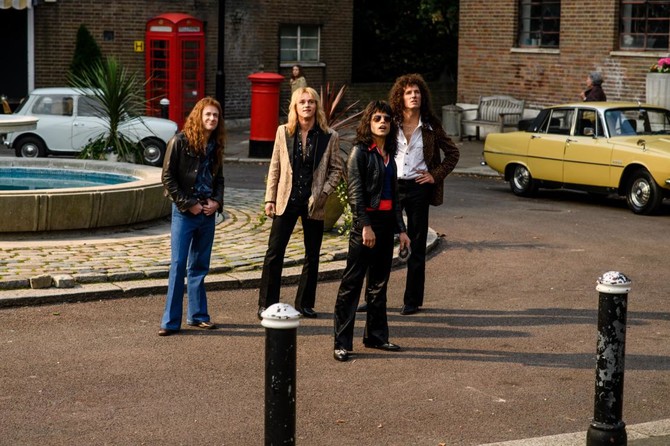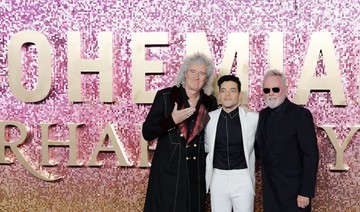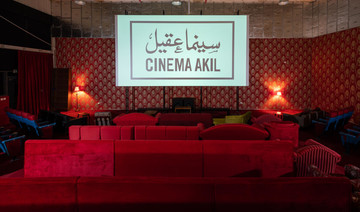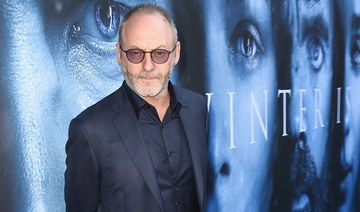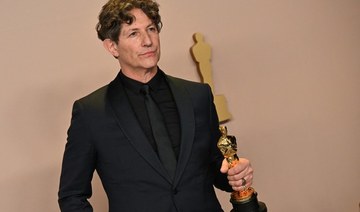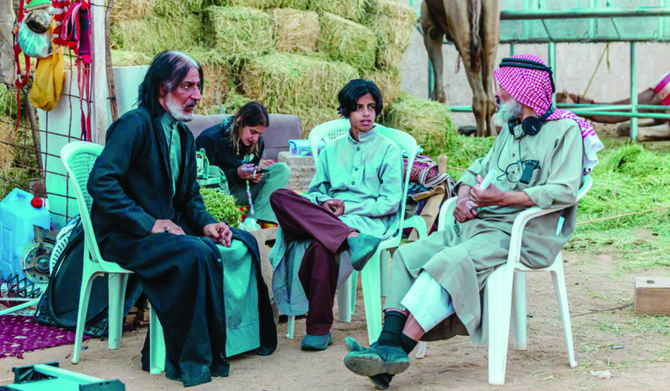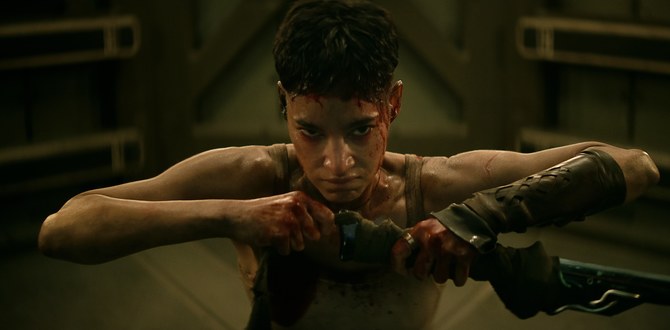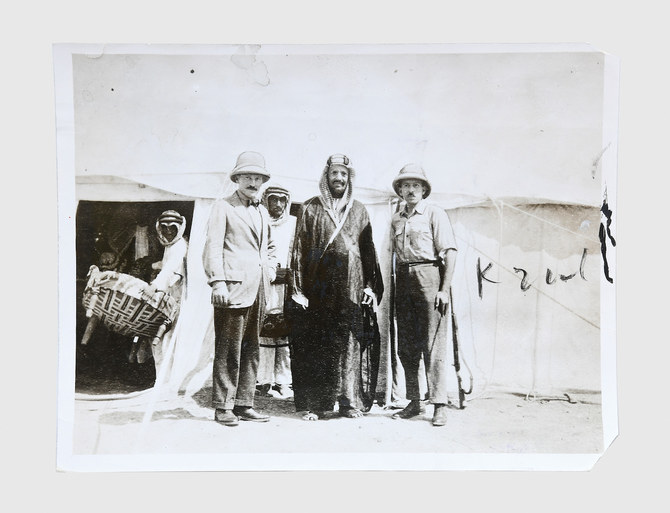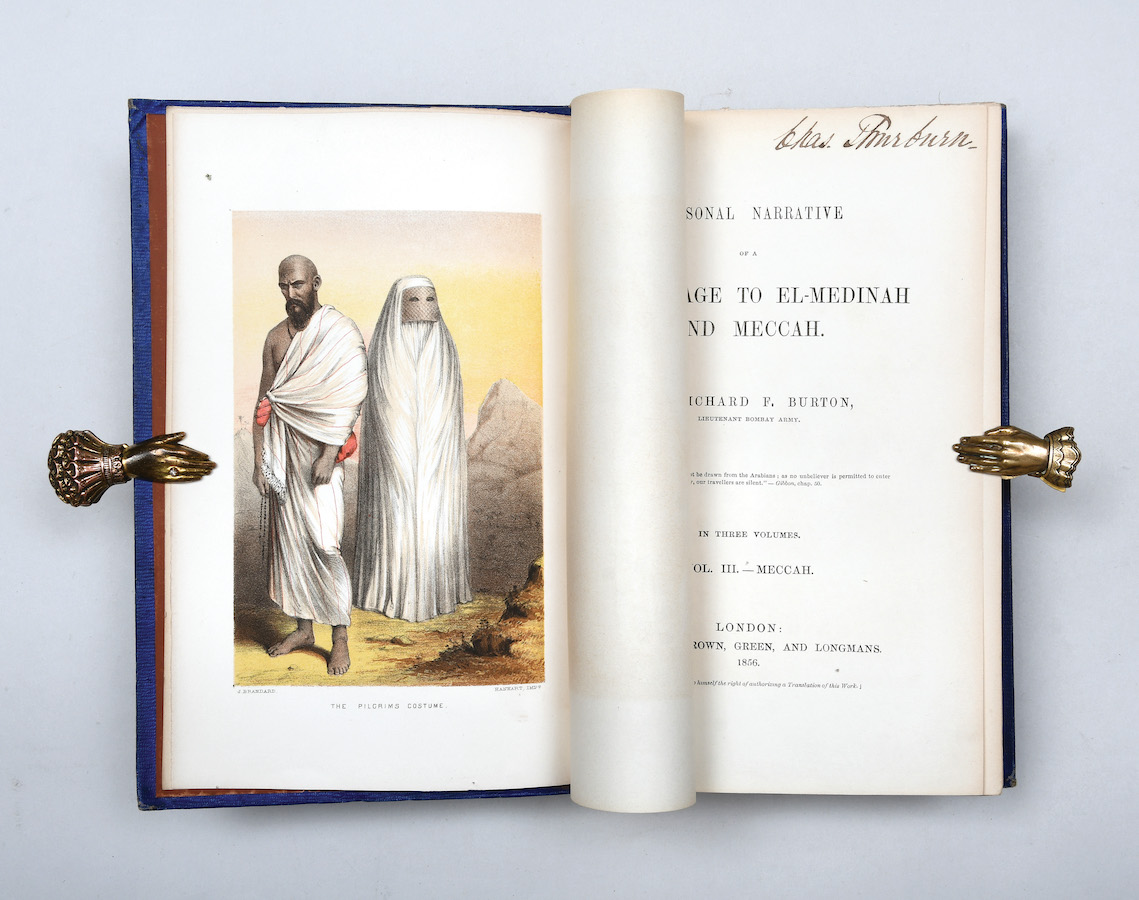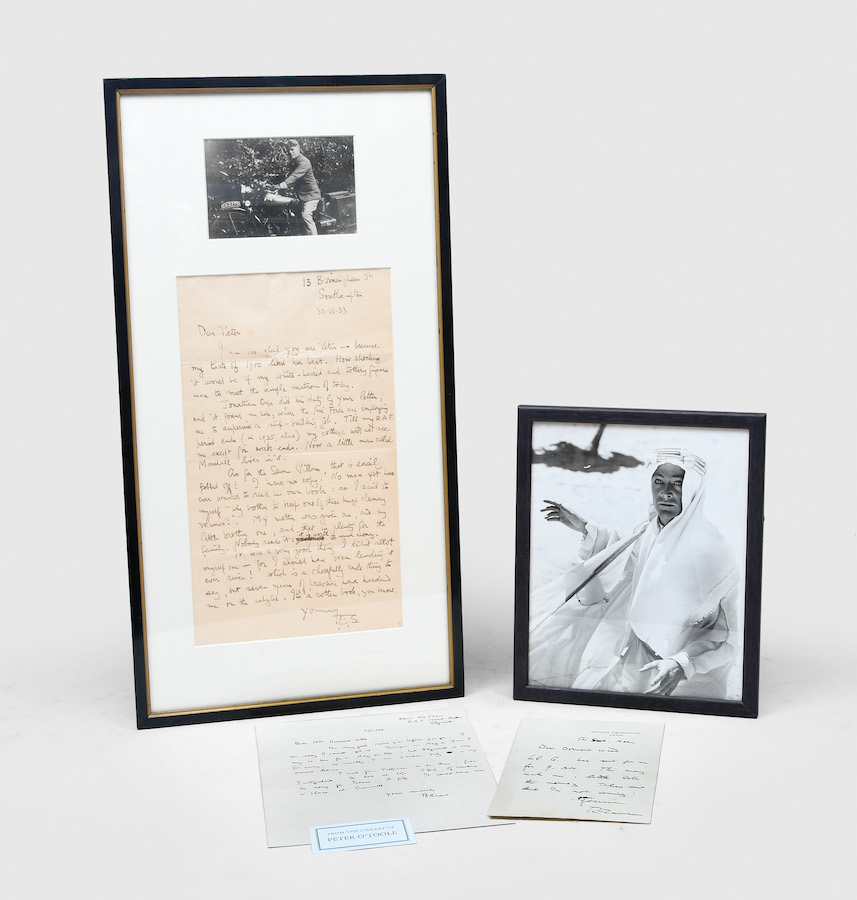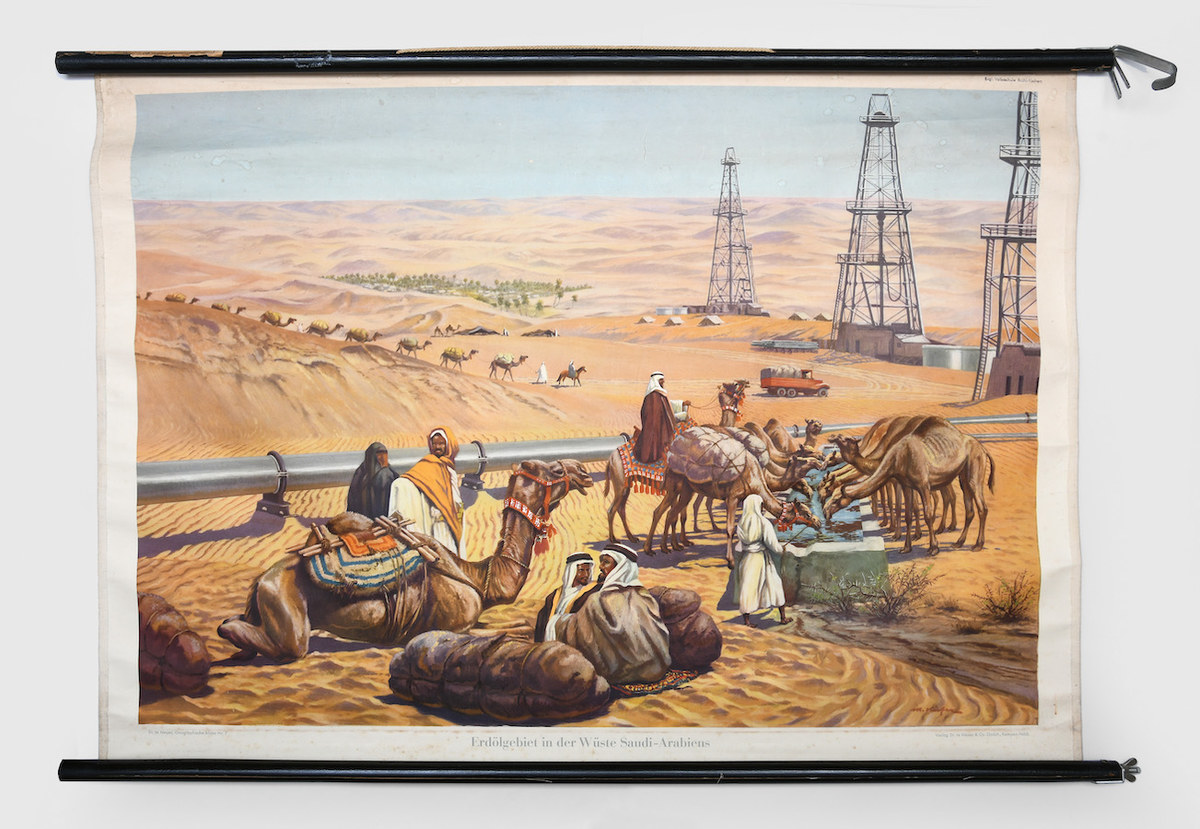DUBAI: In its first week of release, “Bohemian Rhapsody,” the biopic of legendary British rock band Queen and their late frontman Freddie Mercury, has done better than anyone expected, already grossing nearly $150 million. Its star, the American-Egyptian actor Rami Malek, who plays Mercury, has been acclaimed for his revelatory, transformative performance as one of modern music’s most recognizable, inimitable, and beloved figures.
After the nearly 50 years since the band was formed, one would think that people would stop underestimating the power of Queen. No one knows that better than the band’s two most prominent surviving members — guitarist Brian May, now 71, and drummer Roger Taylor, 69. Labels refused to sign them, executives said they’d never have a hit, but the band never gave up. And even May and Taylor admit that when they first met Mercury, they didn’t realize quite how special he was.
“The simple answer is no, we did not know. I don’t think we realized his talent to begin with. He was full of dreams, full of mad fancies and insecurities — and ebullience and flamboyance,” says May.
“I remember a little instance in the studio with John Anthony, our first producer. I sang ‘Son and Daughter’, and I had imagined that I would sing the song myself. Then Freddie sang it and John went, ‘Wow, I’ve never heard a voice like that,’ and that was one of the moments when we all went, ‘I guess that voice is pretty special,” he continues.
When the idea of a biopic was first raised, May and Taylor were reluctant. They couldn’t imagine any actor being able to do justice to Mercury. That changed when they met Malek.
“We kind of saw Freddie in him and we could sense Rami’s passion. The first time we saw him was actually in Roger’s flat. It must have been horrible for him, having us watching him for the first time. But we were really blown away by him and his ability to perform— he’s incredible,” says May.
Crucially, according to Taylor, Malek shares Mercury’s magnetism.
“You can’t get any bozo coming in and playing Freddie Mercury, you know. I remember watching him in The Pacific, and he stood out, he was fantastic. He really does have an innate charisma. And he brings out the timbre, the tone of Freddie’s voice. The range of Rami’s voice is spot on,” says Taylor.
Born in Los Angeles, Malek comes from an unpretentious background, the son of an Egyptian immigrant who was once a tour guide in Cairo. Though he has gained fame and (presumably) wealth in recent years for his mind-bending, multilayered role in the TV series “Mr. Robot,” it was Malek’s ability to connect with Mercury’s modest roots that stood out to May and Taylor.
“I love the way that Rami has captured not only Freddie’s great power and ebullience, but also his sensitive, vulnerable side, of which there was a lot. You know, he came from very small, humble beginnings, as you see in the film,” says May.
May and Taylor themselves are played by Gwilym Lee and Ben Hardy respectively, and though they found their performances to be at times uncanny to behold, it was how the supporting members gelled with Rami Malek as a band that struck the two most.
“I think the performances you see in the film reflect the fact that they completely lived it all, they became us, and they believed that they were us. It wasn’t just an acting job for them. Actually, all the way down the cast and the whole production team, you can feel the enthusiasm. Visiting the set, there was an amazing feeling of loyalty and passion,” says May.
“Well done, Rami!’ says Taylor.
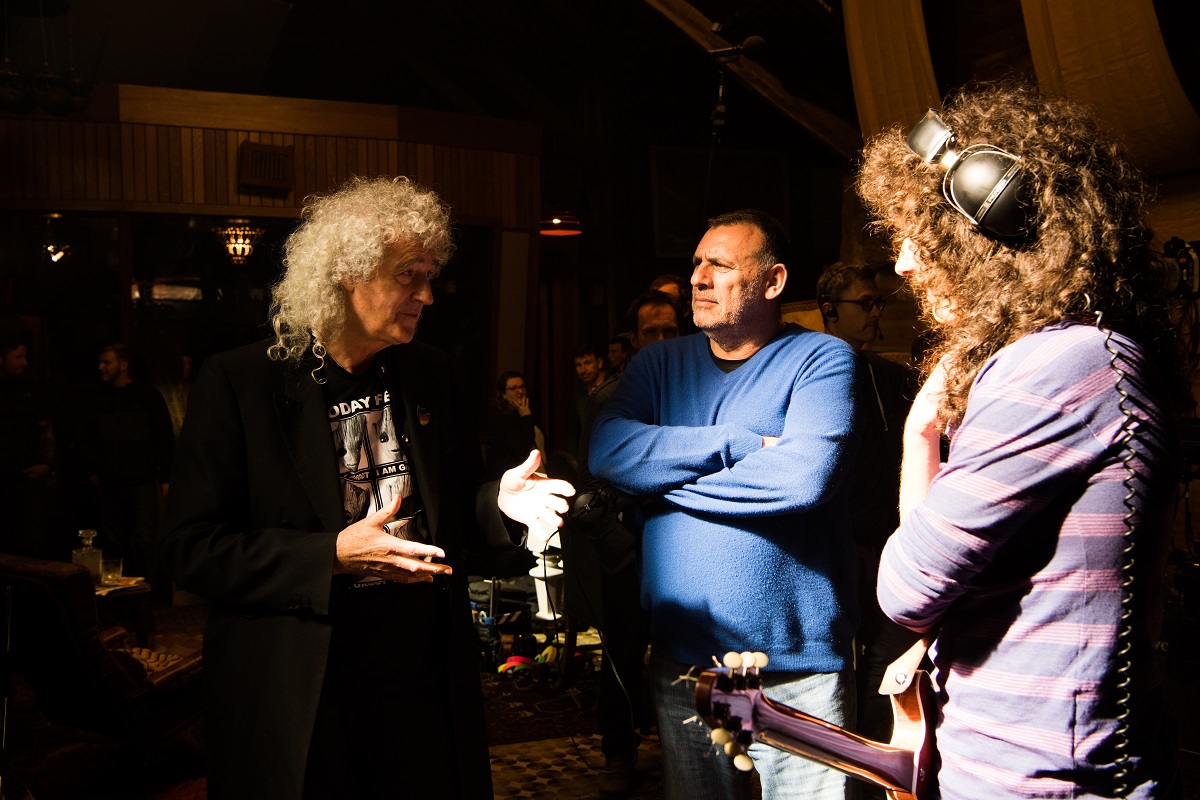
Freddie Mercury would likely be proud, as, according to Taylor, he himself was a creation of the man born Farrokh Bulsara.
“He sort of invented himself by an act of pure willpower and intelligence, and turned himself into Freddie Mercury,” says Taylor.
Reliving their greatest moments on screen reminded the two of Mercury’s extraordinary power as a performer and musician.
“He just developed this incredible affinity for making everybody feel that they counted in every moment. One of Freddie’s greatest talents was communication. He could connect with the small person at the back, who was feeling insecure, as perhaps Freddie had been early on in his life,” says May.
Though Queen would never have been so successful without May and Taylor — recognized as two of the greatest musicians in rock history — they acknowledge that this is Mercury’s story first and foremost. And it is on him that the spotlight rightfully remains, 27 years after his death aged 45.
“Obviously, we wanted to make a (great) movie, but the center of it is Freddie. We all felt we wanted to portray Freddie’s humanity, portray him as the human being he was — and as a musician. The film had to be truthful and not too indulgent, and watchable. I think Freddie would have agreed that, number one, it had to be entertaining. We wanted people to laugh and to cry, and I believe that is what people will do when they see this movie,” says May.
Though some critics have suggested the movie takes liberties with history, glossing over Mercury’s sexuality and appetite for hedonism, the pair both endorse this version of their tale.
“The movie is broadly true and at the same time it really is entertaining. That’s quite a balance to strike and I think that everyone involved in this film has pretty much got that right,” says Taylor.
As to the meaning of the film’s title, and the lyrics to the song from which the film takes its name, that still remains a mystery that died with Mercury.
“I think we imagined it was going to be called ‘Mama, Killed a Man’ or something, but Freddie said, ‘No. I’m calling it Bohemian Rhapsody’ and we all went, ‘Oh…’ I think it’s great that we don’t know what exactly was in Freddie’s mind at that point. We don’t know what the lyrics mean and the song will eternally retain its mystery,” says May. “And even if we knew what it meant, we couldn’t tell you!”


